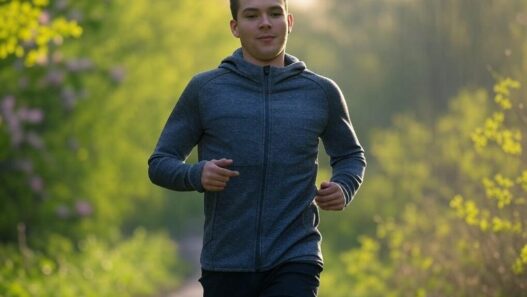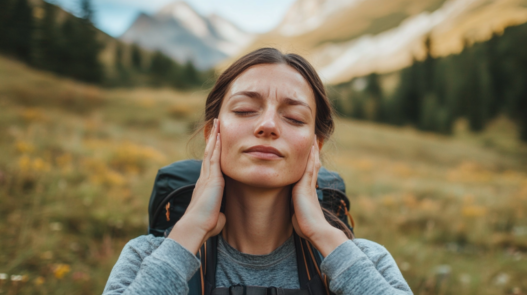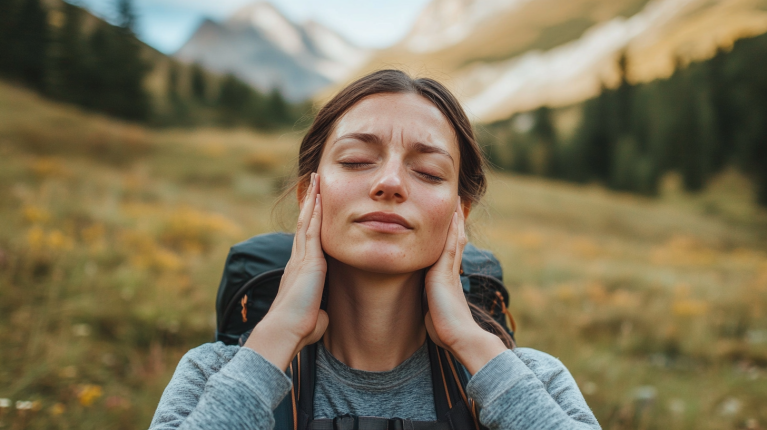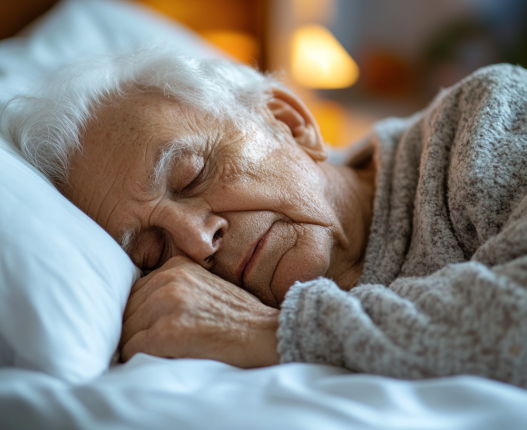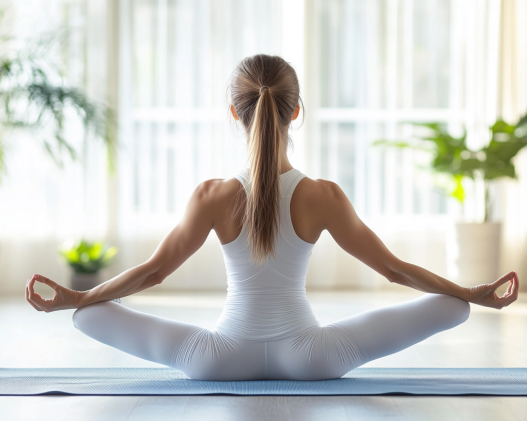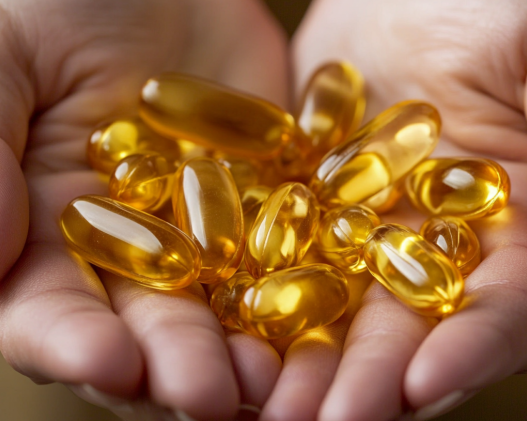Outdoor activities, such as hiking and climbing, are incredibly enjoyable and offer a great way to connect with nature. However, the muscle soreness that follows can be a painful experience. So, how can we effectively relieve muscle soreness and speed up recovery?
Simple and Effective Ways to Relieve Muscle Soreness
Get Plenty of Rest
Resting is one of the best ways to alleviate muscle soreness. It helps improve blood circulation and speeds up the removal of metabolic waste from the muscles. Rest allows your muscles to receive the nutrients needed for repair and recovery, bringing them back to normal. After any strenuous physical activity, make sure to give your body enough time to rest and recover.

Stretching Exercises
While resting, don’t forget to perform some static stretching exercises, specifically targeting the sore areas. These stretches help to keep the muscles flexible, promote blood flow, and reduce stiffness. In the next section, we’ll go over some basic stretches to help ease muscle pain.
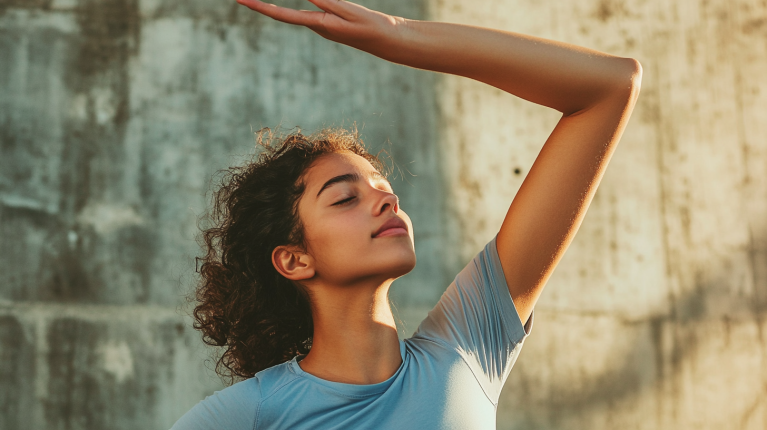
Massage
Massaging the sore muscles can help them relax and stimulate blood circulation. It can speed up the breakdown of lactic acid, which builds up during exercise, thereby reducing the level of muscle soreness. Regular massage after physical activity can help keep your muscles limber and relieve discomfort.
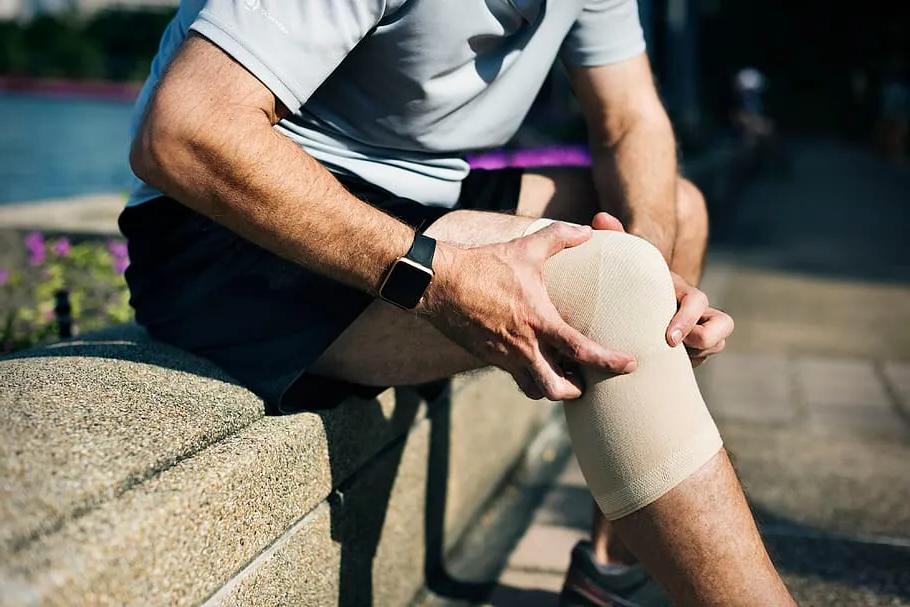
Heat Therapy
Applying heat to sore muscles using a warm towel can promote blood circulation and accelerate metabolism. This helps in easing the pain caused by muscle soreness. Heat therapy is most effective when combined with stretching exercises, as it can further accelerate muscle recovery and relieve tension.

Topical Pain Relief
For more immediate relief, you can apply over-the-counter muscle pain creams or ointments. These products can provide temporary relief by reducing inflammation and soothing sore muscles.
Effective Exercises for Muscle Relief
Here are a few exercises that can help relieve muscle soreness after hiking or climbing:
Arm Stretching:
Stand tall, raise both arms in front of your chest, and stretch them back until they are parallel to the ground (repeat at least twice). Then, stretch both arms out to the sides, making sure to go neither too slow nor too fast (repeat at least twice). Next, raise your arms above your head and stretch upwards (repeat twice). Finally, stretch your arms downward, aiming to keep your body upright (repeat twice). Complete these movements in a fluid sequence to relieve tension.
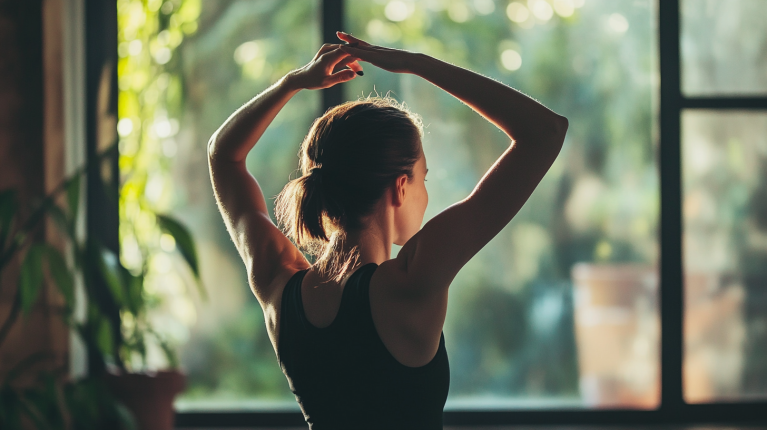
Lunge Stretch:
Stand tall, step forward with your left leg, and bend your left knee while keeping your right leg straight. Place your hands on your left knee, and lean forward gently to stretch the hip flexors and legs. After finishing the stretch on one side (hold for 8 counts), switch to the other side and repeat.

Side Leg Stretch:
From a squat position, extend one leg out straight, forming a right angle with the other leg. Keep your arms level and gently squat up and down using your leg as support. Do this for 8 counts, then repeat on the other side.
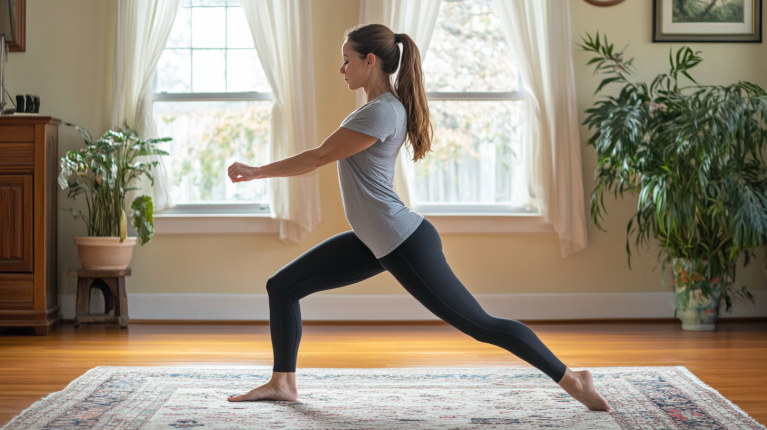
High Knees:
Perform high knees rapidly, alternating legs with each jump. Move your arms quickly to assist with the momentum, and aim to raise your knees as high as possible. This will help stretch the hip flexors and improve circulation.

Important Considerations!
Rest and Moderate Activity:
Make sure to take ample rest and avoid intense physical activity immediately after hiking or climbing. Try to engage in light exercises to relieve muscle tension without overexerting yourself.
Consistent Exercise:
A consistent exercise routine helps build overall strength and endurance, which reduces the occurrence of muscle soreness. The more you strengthen your body, the better it can handle strenuous activities, leading to less muscle discomfort.
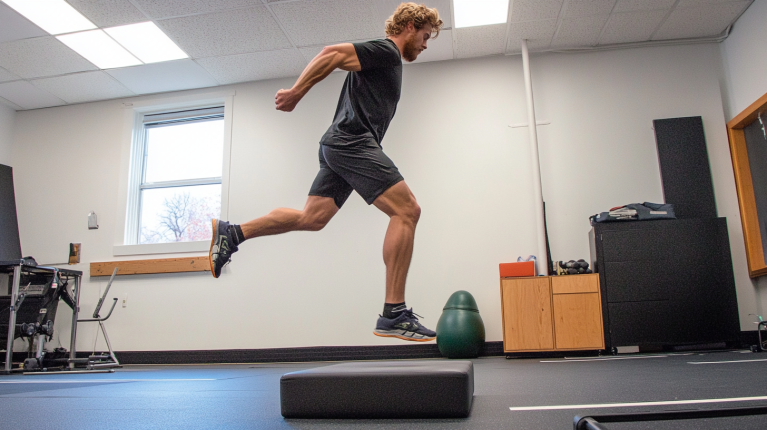
Seek Medical Advice if Needed:
If the soreness persists despite your efforts to relieve it, or if you experience unusual pain, it may be a sign of an underlying issue. In such cases, it’s a good idea to consult with a healthcare professional or visit a clinic for a proper diagnosis.





